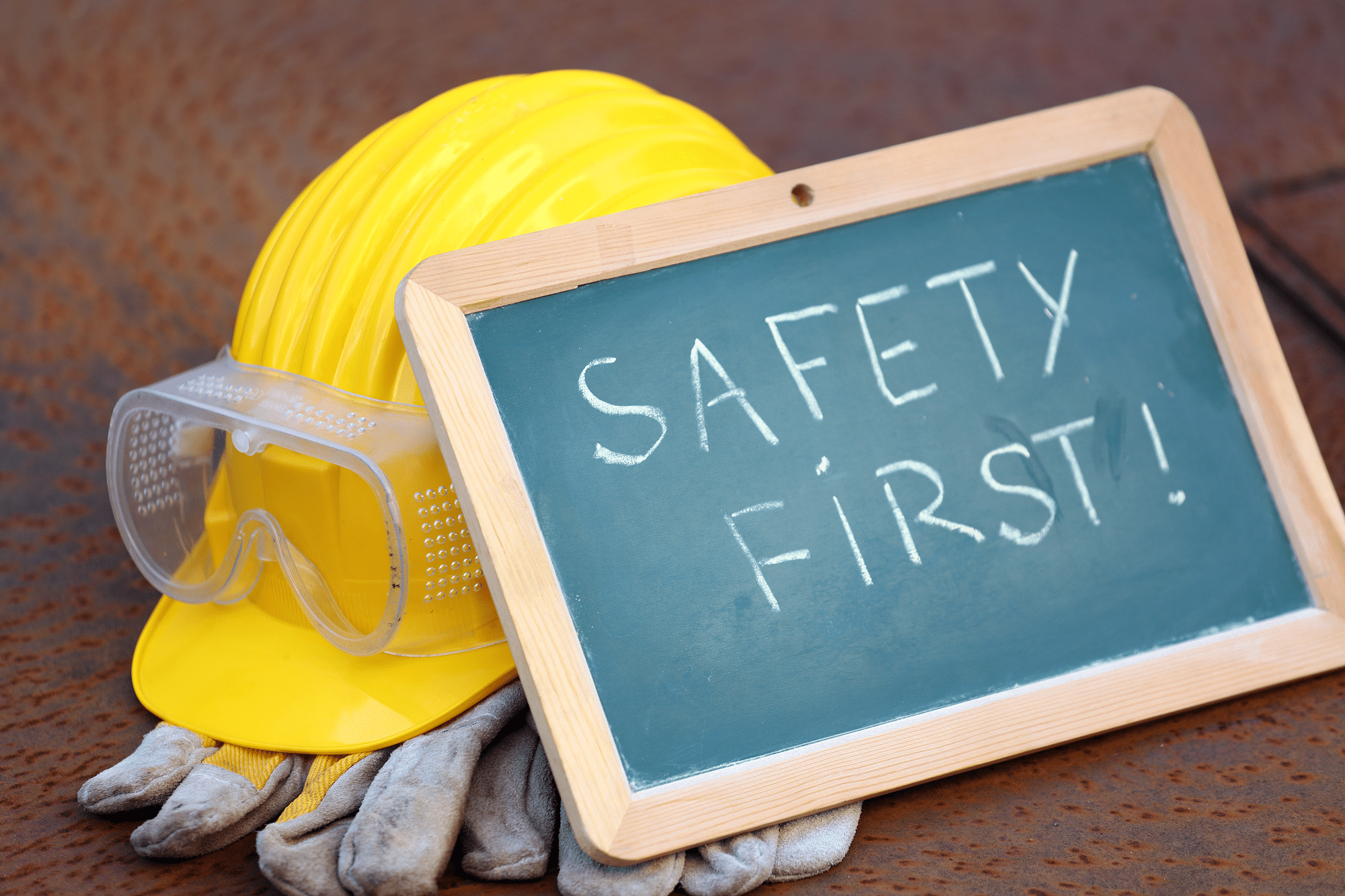Acetone has been used as a solvent for hundreds of years. As wikipedia explains, “Acetone was first produced by alchemists during the late Middle Ages via the dry distillation of metal acetates.” Alchemy is seldom practiced today, but acetone cleaning solvent is still used in large quantities.
Unlike in the early days of acetone use, we know a lot about the safety of acetone. If you’re considering implementing an acetone cleaning solvent for the first time — or for the first time in a long time — and you need some guidance on acetone safety, the sections below can help.
Acetone Vs. Acetone Blends
Before you can put appropriate safety measures in place, you need to know whether you’re using a solution whose only active ingredient is acetone or using an acetone blend that contains two or more active ingredients. You’ll base safety measures on all of the ingredients and not just acetone.
Surprisingly Safe to Use
Many longtime solvents contain toxic ingredients that are harmful to human health and the environment. This is not because the original manufacturers didn’t care about these things; rather, the toxic formulations simply reflect the best solvent technology available at the time.
Unlike many of its peers, acetone is old solvent that seems contemporary in terms of safety. The chemical compound is non-toxic, non-mutagenic, and non-carcinogenic. Like using solvents from any generation, using acetone requires common sense safety measures, but the solvent is surprisingly safe considering its age.
Common Sense Safety
The effects of acute acetone overexposure depend on how acetone enters the body: inhalation, skin absorption, ingestion, or through eye membranes. These forms of contact can be eliminated with the use of the right level of Personal Protective Equipment (PPE). OSHA offers a comprehensive resource that lists the levels of PPE, from level A. to level D.
Storage Safety Concerns
The greatest threat of acetone cleaning solvent to workers is also its greatest threat in the solvent storage area: high flammability. Acetone has an exceptionally low flashpoint (?4 °F), with even its vapors posing a potential fire hazard.
Eliminating ignition sources eliminates the threat, but accounting for all potential igniters in an industrial work setting can be difficult. This is why it’s important to outfit workers with PPE that provides fire protection, especially workers who regularly use acetone cleaning solvent in areas where ignition sources are present.
Conclusion
Acetone is largely considered a safe solvent. However, as with practically any type of solvent formulation, there are some simple, common sense safety precautions you can implement to prevent potential harms from affecting your workforce.
The effects of acute overexposure to acetone usually pass quickly, but they may be strong enough to require sick days, which can thwart productivity. Moreover, acetone safety precautions are important from a business productivity standpoint alone.
For more information about the safety profile of acetone, or to inquire about a custom acetone cleaning solvent, please call Ecolink today at 800-563-1305, or send us an email through our contact form. We look forward to supporting your acetone-based operations!















